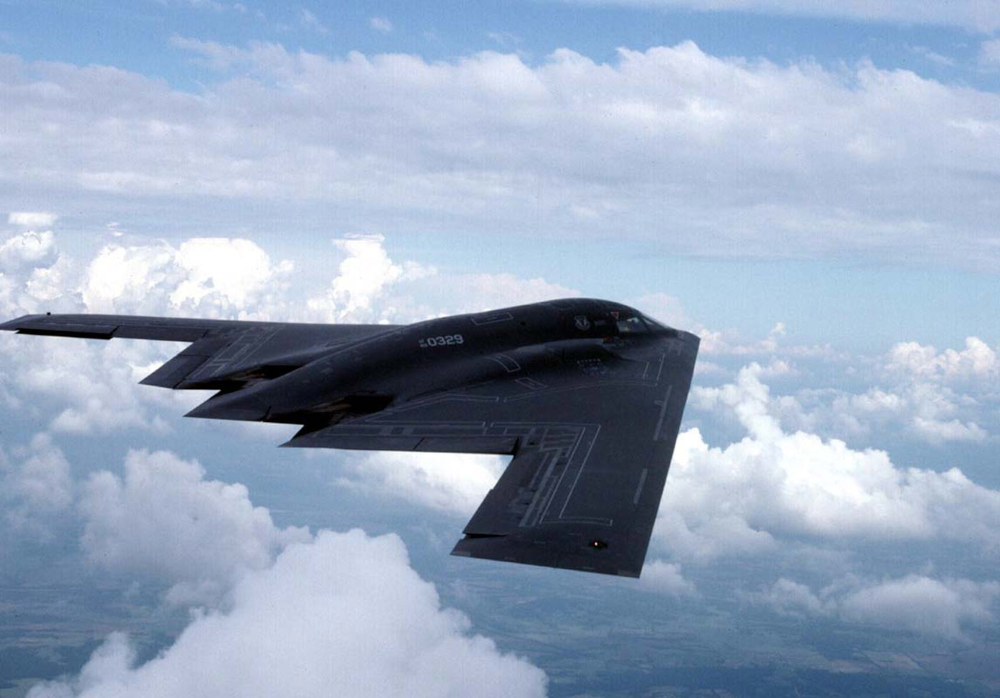Over the weekend, the US Air Force attacked three nuclear sites in Iran in an operation codenamed ‘Midnight Hammer’. According to Chairman of the Joint Chiefs of Staff, Dan Caine, the strike was ‘designed to severely degrade Iran’s nuclear weapons infrastructure’.
The operation involved seven B-2 strategic bombers flying from the continental United States to Iran and back, reportedly a 37-hour mission. The bombers were escorted by 125 aircraft in total, including tankers, reconnaissance platforms, electronic warfare assets and fighter jets.
While the US strike likely succeeded in damaging or disabling the targeted infrastructure, it did not yet achieve the broader objective of ending Iran’s nuclear weapons programme
In addition, a US submarine operating in the Gulf of Oman launched a volley of Tomahawk cruise missiles at Iran.
The B-2 bombers dropped a total of 14 GBU-57 ‘Massive Ordnance Penetrator’ (MOP) bombs against nuclear infrastructure near Fordow and Natanz. The GBU-57 MOP is designed to penetrate deeply into hardened structures before detonating its 2,400 kg explosive filler, maximizing damage against buried targets.
This was necessary, as the Fordow fuel enrichment plant is located around 80 to 90 meters underground and protected by several meters of reinforced concrete. In total, the site was hit by 12 bombs, distributed across six aimpoints.
Satellite imagery suggests these aimpoints were located above former ventilation shafts used by the Iranians when they were building the site, which they later filled in and covered. Despite being filled in, these shafts were likely ‘softer’ targets than the surrounding granite, allowing the bombs to penetrate deeper. Detonating the warheads inside the shafts may also have allowed the shockwave to propagate further, increasing the destructive effect.
The fact that 12 bombs were reportedly dropped on only six aimpoints suggests that the United States ‘double tapped’ each, meaning it launched two successive strikes against individual aimpoints, allowing the bombs to penetrate further by exploiting the tunnel carved by the previous projectile.
The remaining two penetrator bombs struck the Natanz fuel enrichment plant. Although the facility is similarly buried, it lies at a much shallower depth, requiring fewer bombs to achieve the intended level of destruction.
Finally, 30 Tomahawk cruise missiles struck above-ground targets at the Isfahan Nuclear Technology Centre. The centre houses uranium conversion and fuel plate fabrication facilities. In addition, the site is located near a tunnel complex where Iran is known to have stored enriched fuel.
Following the strike, US officials and decision makers assessed the Fordow site as severely damaged but not destroyed. This assessment is likely accurate. While the allocated payload was probably insufficient to fully collapse the structure, the highly sensitive centrifuge equipment inside was very likely irreparably damaged by the resulting shockwave and vibration.
In contrast, targets engaged in Natanz and the Isfahan Technology Centre were described as fully destroyed.
In terms of the targeted structures and the resulting damage, the attack was a success and likely achieved the desired levels of destruction. This has probably set back Iran’s nuclear programme by several months to years. It is though unlikely to have fully ended it.
Notably, several known Iranian nuclear sites have not been targeted. Most significantly, this includes a large underground facility in Natanz, which forms the core of Iran’s centrifuge production capability and likely also houses some enrichment capacity.
This means that unless follow-on strikes are carried out against this facility, Iran retains the ability to replenish its centrifuge stockpile and resume large-scale enrichment within a relatively short timeframe.
It also remains unclear what happened to Iran’s known stockpile of 60 per cent enriched uranium, which exceeded 400 kg in May this year. This material was reportedly stored in a tunnel complex in Isfahan, yet there appear to have been no major efforts to target that site.
Iran may have moved some or all of this stockpile at this point. Satellite imagery indicates that, prior to the bombardment, Iranian trucks were present at the storage site in Isfahan to seal the tunnels and potentially relocate the stored fissile material.
Before the outbreak of the war, Iran had informed the International Atomic Energy Agency that it was preparing to install centrifuges at a new underground site for enrichment purposes, the exact location of which remains publicly unknown. While American or Israeli intelligence may be aware of its location, this signals Iran’s continued capacity to establish new enrichment facilities.
As such, while the US strike likely succeeded in damaging or disabling the targeted infrastructure, it did not yet achieve the broader objective of ending Iran’s nuclear weapons programme.
In fact, if the United States halts its campaign at this point, it may accelerate Iran’s push toward a nuclear bomb.







Comments